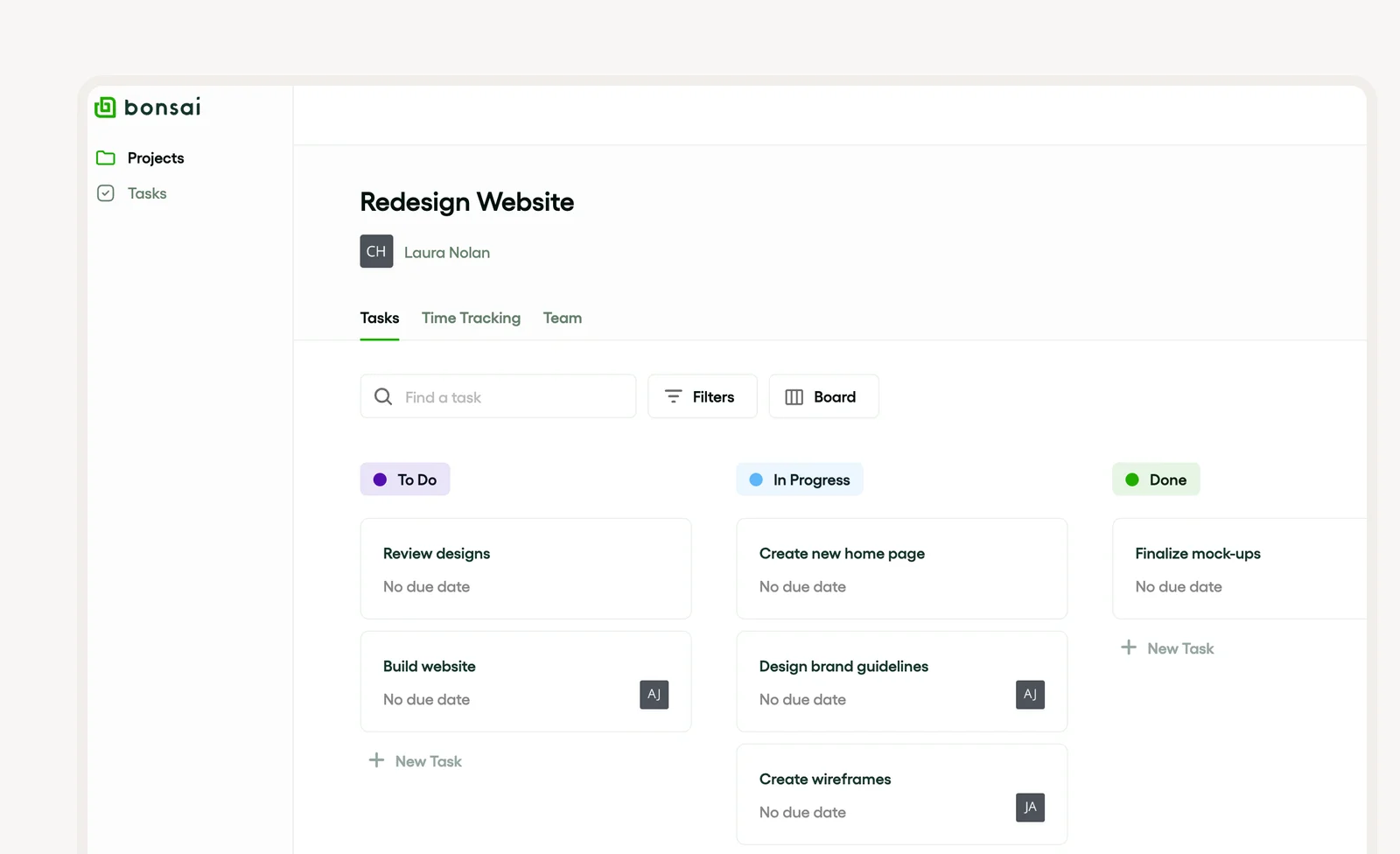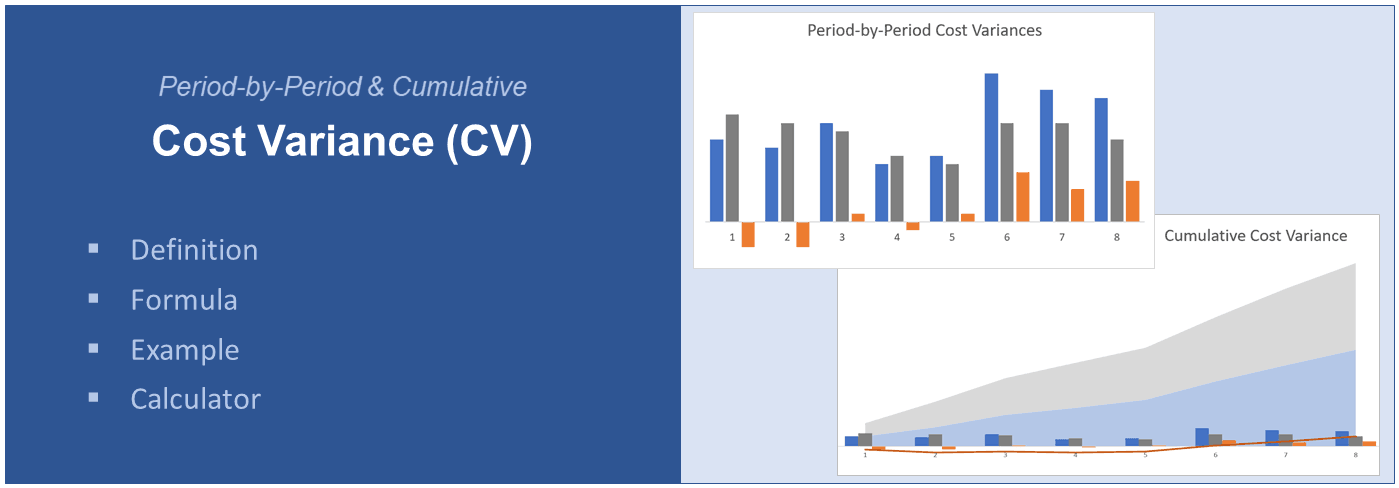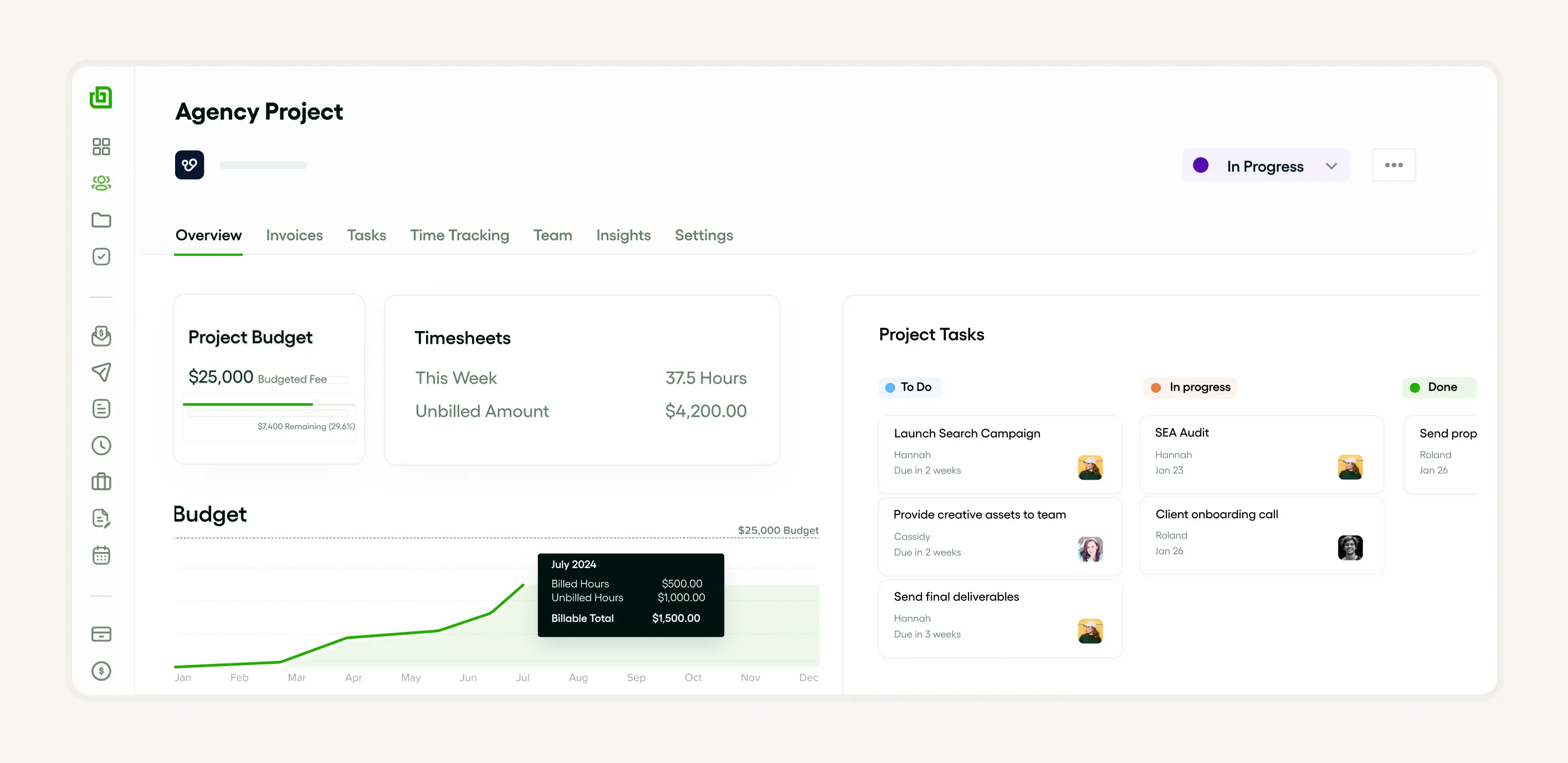Cost variance (CV) ain't just some fancy term in project cost management; it's like your financial dashboard for a project's performance. It shows the gap between what you planned to spend and what you actually did. This whole shebang gets figured out through cost variance analysis, where you crunch the numbers to see how much you've deviated from your cost baselines.
Cost variance percentage and cost performance index are big players in earned value management. They put numbers to your project's financial health and efficiency. Keeping tabs on these can help you nail down accurate cost estimates and ace cost management.
Introduction to cost variance
Cost variance is the bedrock of project cost management. You're basically looking at the real costs and matching them up with the planned value to spot any cost overruns. This gig, known as cost variance analysis, is key to keeping your budget in check and dodging financial hiccups. You'll deal with variables like the cost performance index and the cost variance percentage in this mix.
These terms, alongside variance equations, are your toolkit within earned value management and variance analysis to get a grip on project cost variance. They keep your project cruising on budget and schedule. Solid cost estimating practices are a must to manage cost variances properly.
Definition of cost variance
Cost variance, a linchpin of project cost management, shows the difference between your planned spending and the actual costs. It tells you if you're over or under budget. It's a cornerstone of earned value management, a way to gauge a project's performance, progress, and scope.
Cost variance analysis and variance analysis are your go-tos here, blending cost estimating and cost control to steer clear of cost overruns. Tools like the cost variance percentage, cost performance index, and variance equations help you manage project cost variance and stick to cost baselines.
The importance of cost variance in project management
Cost variance in project management is like the GPS for your project's cost performance. It's crucial for cost control, letting you se
e how actual costs stack up against planned value to spot any cost overruns. This process, known as cost variance analysis, guides you in taking corrective actions and honing accurate cost estimates.
Key elements like the cost variance percentage and cost performance index provide a detailed view of your project's financial health against cost baselines. Thus, cost variance is vital for effective cost management, ensuring your projects stay profitable and viable.
Key Benefits of Using Bonsai to Streamline Workflows
Here are the key benefits of using Bonsai to streamline workflows:
All-in-one solution
Bonsai consolidates various project management functions into a single platform. This eliminates the need to switch between separate apps for tasks, time tracking, communication, and client portals, saving significant time and reducing confusion. It centralizes client information, proposals, contracts, and communication, fostering stronger relationships.
.webp)
Enhanced visibility
Bonsai offers features like dashboards and Kanban boards that give you a clear picture of your entire workflow. This allows you to easily monitor progress, identify bottlenecks, and adjust tasks or resources as needed for optimal efficiency. It’s beneficial to understand that this visibility ensures that projects stay on track and that team members are aware of their responsibilities and deadlines.
Streamlined collaboration
Team members can work together seamlessly within Bonsai. Tasks can be assigned, discussions can take place within projects, and everyone has access to the latest information, fostering better collaboration and project clarity. It’s an all-in-one hub for managing clients, projects, and finances. Definitely, the best tools for the collaboration of projects. With its variety of features, this cool software ensures that it caters to the needs of various businesses.

Improved time management
Built-in time tracking helps you accurately record time spent on tasks. This data can be used for better project budgeting, client billing, and identifying areas where workflow improvements can be made. Bonsai includes time tracking capabilities, which can be invaluable for billing and understanding how time is spent on various tasks. The platform allows for seamless creation and sending of invoices, directly linked to the tasks and time tracked.
Here are the key features:
• Billable Hours: Bonsai provides clarity on your team's billable hours, ensuring accurate tracking and optimization of project costs.
• Time Reports: The platform allows you to understand which projects and tasks your team spends time on, helping to optimize billable hours with instant reports.
• Bill Clients: With Bonsai, you can turn your team's billable hours into invoices in just a few clicks, and share accurate timesheets with clients for transparency.

User-friendly features
Bonsai offers features like CRM tools that can be particularly beneficial for professional service providers, consultants, and agencies. These features help manage client relationships, track project progress, and ensure smooth communication, all within a single platform.
By providing a centralized platform with these functionalities, Bonsai helps streamline workflows, improve collaboration, and ultimately boost overall productivity.
Understanding the cost variance formula
Cost variance (CV) is a big deal in the earned value management (EVM) world of project cost management. It’s all about figuring out the difference between planned value (PV) and actual costs (AC), showing if there’s a cost overrun. You get CV by subtracting AC from earned value (EV).
This is crucial in variance analysis, especially for cost variance. A positive CV means you’re under budget. Negative? You’ve got an overrun.
Plus, Cost Variance Percentage and Cost Performance Index are key for managing and controlling costs. They help make cost estimates more accurate and set realistic cost baselines.
Components of the cost variance formula

In project management, cost variance is vital to spot the gap between planned costs and actual spending. It’s essential for cost control and a big part of variance analysis. The main bits of the cost variance formula are Planned Value (PV), Earned Value (EV), and Actual Costs (AC).
Here’s how you calculate them:
- Cost Variance (CV) = EV - AC: Shows if you’re over or under budget.
- Cost Variance Percentage (CVP) = (CV / EV) * 100: Shows cost performance as a percentage.
- Cost Performance Index (CPI) = EV / AC: Compares work value to actual costs.
Project cost variance, CPI, and CVP are crucial for managing project costs and avoiding overruns through smart cost estimating.
Interpreting the results of the cost variance formula
The cost variance formula results help you see how cost-efficient a project is. A positive cost variance means you’re under budget; negative means a cost overrun. So, variance analysis is key for cost control and overall project cost management.
This analysis is part of earned value management, showing if actual costs match cost baselines or planned value. Equations like CVP and CPI refine this understanding. Timely interpretation is crucial for effective cost estimating and budgeting.
Practical examples of cost variance
Imagine a commercial construction project where actual costs shoot up due to bad weather or supply chain issues. That’s a cost overrun, and you need a project cost variance for control. Variance equations help determine the Cost Variance Percentage. Cost variance analysis handles these situations, helping set cost baselines, implement strategies, and adjust future cost estimates.
Or take a product launch project where the marketing team overspends on ads. Using earned value management, you analyze cost overruns to understand the Cost Performance Index. Variance analysis pinpoints overspending areas, aiding in project cost management.
Example of positive cost variance
A positive cost variance means you’re under budget at a certain project stage. Cost variance analysis, part of earned value management, looks at the difference between EV and AC. If EV is more than AC, you get a positive cost variance.
CVP and CPI are key equations for assessing cost performance. They help manage project costs by showing how well costs are controlled relative to baselines and planned value. A positive CVP and CPI over 1 indicate good cost control, reducing overrun chances.
Example of negative cost variance
A negative cost variance signals a cost overrun in project cost management. This happens when actual costs exceed planned value. For example, in a construction project, material and labor costs might spike unexpectedly.
In such cases, thorough cost variance analysis is crucial to find the root causes and provide insights for effective cost control. It takes sharp cost management skills and a good grasp of variance equations to interpret CPI and calculate CVP. Using earned value management systems helps craft strategies to meet cost baselines.
Common causes of cost variance
Cost variance in project management can pop up from a bunch of reasons. One biggie is cost overrun, where actual costs blow past estimates. This often happens due to shoddy planning or bad cost guesses, messing up the Cost Performance Index. Deviations from planned value or cost baselines also play a part, showing gaps between budgeted and spent amounts. Lastly, poor cost management and control, like weak earned value management and lack of solid cost control measures, can lead to cost variance.
Unforeseen project changes
During a project’s run, unexpected twists can cause cost variance. Misestimations, poor cost control, and schedule hiccups often lead to cost overruns. Even with initial cost baselines, these surprises call for deep cost variance analysis. Earned value management helps nail down actual costs and figure out the Cost Variance Percentage. Using variance equations and the Cost Performance Index, we spot areas needing attention in our cost management strategy. These changes highlight the need for solid cost management.
Resource availability and costs
Good project cost management means tight cost estimating and control to dodge cost overruns. Knowing planned value, actual costs, and doing regular cost variance analysis keeps cost baselines steady and flags risks early. Tools like earned value management and the Cost Performance Index are key for tracking cost variance. Solid cost management practices include:
- Variance equations for fine-tuning
- Cost Variance Percentage for a clear picture
- Monitoring actual costs for budget accuracy
How to manage cost variance
Managing cost variance is like being a money detective. You need to be smart about controlling costs and managing project costs. This means you need to be good at things like variance analysis and methods like earned value management and variance equations.
These tools help you find out when you’re spending more than you planned. To keep from spending too much, try these tips:
- Keep updating your cost guesses to match what’s really happening.
- Keep an eye on the Cost Performance Index to catch problems early.
- Measure and check the Cost Variance Percentage often to stay smart with your money.
Effective budgeting and forecasting
Being good at budgeting and forecasting in project management means doing things like managing costs, controlling costs, and managing project costs. These practices make sure you’re spending matches what you planned, which cuts down on spending too much. Setting cost rules and always watching actual costs with cost variance analysis keeps your money on track.
Tools like the Cost Performance Index and variance equations help you find cost variance. Earned value management and cost guessing also help guess future costs and adjust budgets, keeping the Cost Variance Percentage in a good range.
Regular monitoring and reporting
Good project cost management means always watching, reporting, and analyzing. This includes cost variance analysis, using variance equations to compare planned value with actual costs. It helps catch when you’re spending too much and keeps cost rules in check. Techniques like earned value management and the Cost Performance Index (CPI) give a full picture of cost variance.
Measuring on time, controlling costs, and guessing costs are super important to avoid money mistakes and make sure your project is a success. Regular reports keep everyone involved and interested throughout.
Tools for tracking cost variance

You need the right tools to track cost variance in project management. The Earned Value Management system steps up with variance equations that line up planned value against actual costs, flagging any cost overrun. It spits out the Cost Variance Percentage, which shows just how much over or under budget you are.
Another key player is the Cost Performance Index, comparing budgeted cost of work performed with actual cost, giving a peek into cost efficiency. Throw in the cost baseline for variance analysis, and you've got a solid way to track and manage project performance. Other essential tools include cost control, cost estimating, and cost variance analysis—cornerstones of project cost management.
Bonsai: A comprehensive tool for project planning
Bonsai CRM is like a super tool for people who work for themselves, like professional service providers, or for consultancies and agencies. It’s like a magic box that has everything you need to manage your clients, keep an eye on your projects, and handle your finances, all in one place.
Remember to look for an easy-to-use CRM that can:
- Making Things Easy: Bonsai CRM makes everything from finding new clients to finishing projects and getting paid super easy. It has a dashboard that’s easy to use and tools that make planning your work a piece of cake. And guess what? You can even sign documents online, which makes things happen faster and safer.
- The Magic of Automation: The best part? Bonsai CRM can do things automatically! It remembers your clients’ details and what you did in your projects. It can even do regular tasks like sending welcome emails, filling out forms, and sending letters. This means you have more time to do other things, and your clients get a smooth and professional experience.

- Templates Galore: Need to make a proposal, a contract, or an invoice? No problem! Bonsai CRM has over a thousand free templates that you can change to make them look like they’re yours. And it’s great for teamwork too. Your team can work on projects at the same time, share ideas, and keep track of how much time they’re spending.
- Financial Matters: When it comes to finances, Bonsai CRM has got your back. It can help you with invoicing, getting paid, and even with your accounting, tax, and banking stuff. And with its meeting scheduling and calendar management, you’ll never miss a client meeting or a deadline again.
Microsoft project: A comprehensive project management tool
Microsoft Project packs a punch as a project management tool. It helps project managers juggle resources, activities, and deliverables effectively. It covers project cost management, cost variance analysis, and cost control to keep project costs in line with the budget.
Notable features include:
- Cost variance percentage: Compares actual costs against cost baselines to measure project cost variance
- Cost performance index: An earned value management tool that checks cost efficiency
- Cost estimating: Calculates planned value for labor, materials, and related costs
Microsoft Project is a go-to for project managers to calculate cost overruns, analyze variance equations, and sharpen cost management strategies.
Oracle Primavera: Advanced cost management features
Oracle Primavera steps up with advanced cost management features. It keeps an eagle eye on project cost variance, preventing cost overruns. From earned value management to variance analysis, its tools keep projects financially shipshape.
The suite boasts features like the Cost Performance Index, experimental variance equations, and Cost Variance Percentage for deep-dive cost variance analysis. Primavera sets cost baselines and matches them with actual costs, ensuring accurate cost estimating and tight cost control.
How agencies can benefit from understanding cost variance
Agencies can really cash in by getting a grip on project cost variance. It gives them the lowdown on cost overruns, helping with cost control and dodging financial pitfalls. By using variance equations, they can compare planned value with actual costs and nip deviations in the bud.
Earned value management helps spot the Cost Variance Percentage and the Cost Performance Index, which are key for cost efficiency in project management. Plus, agencies can use cost variance analysis to keep tweaking cost baselines, making future cost estimates more spot-on.
Improved financial management
Nailing project cost management is crucial to avoid cost overruns and keep projects on budget. This means setting cost baselines, doing cost variance analysis, and putting cost control measures in place.
Tools like earned value management and variance equations are super handy. Earned Value Management tracks the project’s planned value against actual costs, and variance equations help calculate Project Cost Variance and Cost Variance Percentage. Accurate cost estimating is key to creating realistic budgets and tackling any project cost variance.
The Cost Performance Index is also a big player in managing costs. It gives an efficiency score, boosting financial management within a project.
Enhanced client satisfaction
Making clients happy is all about managing and controlling costs really well. This means using cool techniques like earned value management, variance analysis, and cost variance analysis to find and fix any money problems in your project. If you can keep your spending close to your budget, your clients will trust you more.
And guess what? Tools like Cost Variance Percentage and Cost Performance Index can help you guess costs accurately, control costs better, and make your project performance strong. And when your project does well, your customers are happier.
Conclusion: The value of cost variance analysis
Cost variance analysis is super important in managing project costs. It’s like a detective tool for finding out if you’re spending more than you planned. It’s really important for finding financial blackholes or issues, and it uses variance equations to calculate Cost Variance Percentage and Cost Performance Index.
With the help of earned value management, cost variance analysis helps companies set money rules. And if you’re good at guessing costs, you can reduce the surprises in project cost variance, making your money management strategies even better!






